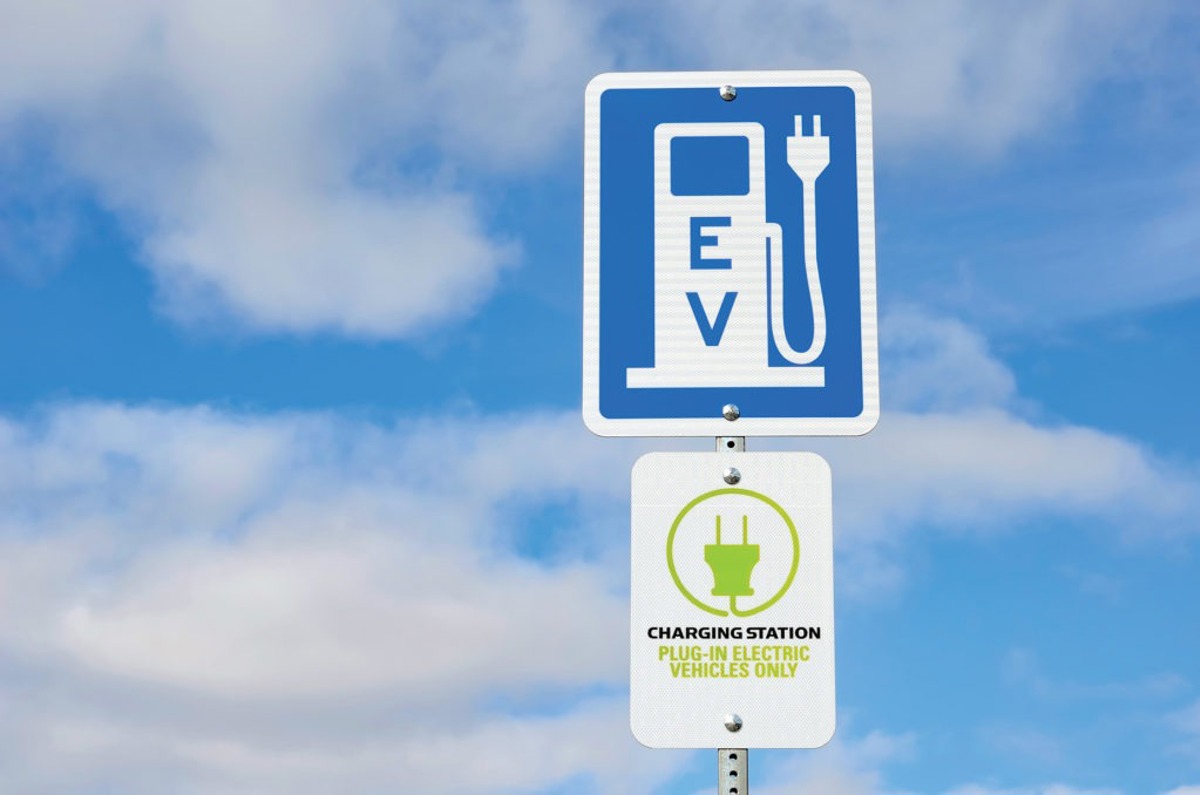
Federal government commits up to $150,000 per Class 8 Electric truck
August 10, 2022
Canada’s federal government says it will invest $550 million over the next four years to offset about half the price difference between electric and conventionally fueled trucks.

The Incentives for Medium- and Heavy-Duty Zero-Emission Vehicles Program will offer $100,000 to $150,000 per leased or purchased Class 8 truck, with the larger figure available for vehicles featuring more than 350 kW of power. Classes 6 and 7 units will be supported by $100,000, while their Classes 4 and 5 counterparts see $75,000. Those opting for Class 3 vans will see $40,000, and Class 2B vehicles such as step vans will benefit from $10,000. Individual businesses and government fleets will be eligible for up to 10 incentives or a maximum of $1 million per calendar year, beginning July 11.
Classes 7 and 8 buses will be eligible for up to $200,000 in incentives.
Demonstration vehicles are also eligible if they have fewer than 10,000 km on the odometer.
The funds were committed in the 2022 federal budget, and details emerged Monday during EV Week.
The federal funding would be on top of provincial or territorial incentives and is projected to cut 200,000 tonnes of greenhouse gas emissions per year in 2026, expanding to an annual 3 million tonnes by 2030, the government adds.
Jurisdictions including B.C., Quebec, Atlantic Canada, the Yukon and Northwest Territories offer separate incentives to purchase zero-emission vehicles. Ontario canceled a pre-existing rebate program in 2018.
Incentives to tip the scales
“Helping Canadian businesses and communities make the switch to a zero-emission vehicle is win-win-win: it keeps our air clean, helps people save money on fuel, all while positioning Canada as a leader on building and powering these vehicles,” Transport Minister Omar Alghabra said in a related press release.
“Today’s announcement is about making sure that Canadian businesses and leaders of our communities have the options they need to transform their fleets to zero-emission vehicles.”
Jonathan Wilkinson, minister of natural resources, noted the government has invested more than $1 billion in electric vehicles and charging infrastructure since 2015.
“More and more, electric vehicles are becoming the affordable option, and our incentives can help tip the scales for anyone considering making the switch,” said Steven Guilbeault, minister of environment and climate change.
The federal government had previously announced a $9.1-billion Emission Reductions Plan, supporting a target of reaching net-zero emissions by 2050.
Zero-emission vehicles will need to account for 35% of Canada’s medium- and heavy-duty truck sales as early as 2030 under a series of targets unveiled in March. Where feasible, all the vehicles sold in certain segments will need to be zero-emission designs as early as 2040.
Those targets are some of the most aggressive in North America. California wants 30% of new medium- and heavy-duty trucks to be ZEVs by 2030.
The latest federal budget also committed $199.6 million to retrofit large trucks already on the road, and another $33.8 million for projects to demonstrate hydrogen-electric trucks, to address barriers such as technical standards that apply to longhaul trucks.
“CTA also continues to discuss with federal officials the development of programs delivering more immediate benefits to the industry to reduce GHGs and fuel consumption at a time of increasing inflationary pressures and rising fuel costs, including technologies used to reduce idling and emissions from refrigerated trailers, and working with bulk carriers to make these deliveries more environmentally efficient,” the Canadian Trucking Alliance (CTA) said in a statement.
Let's Build a Stronger, more Inclusive Industry
Drive Her Future
We are dedicated to encouraging more women to explore careers in trucking—whether as drivers, dispatchers, dock workers, or beyond.




